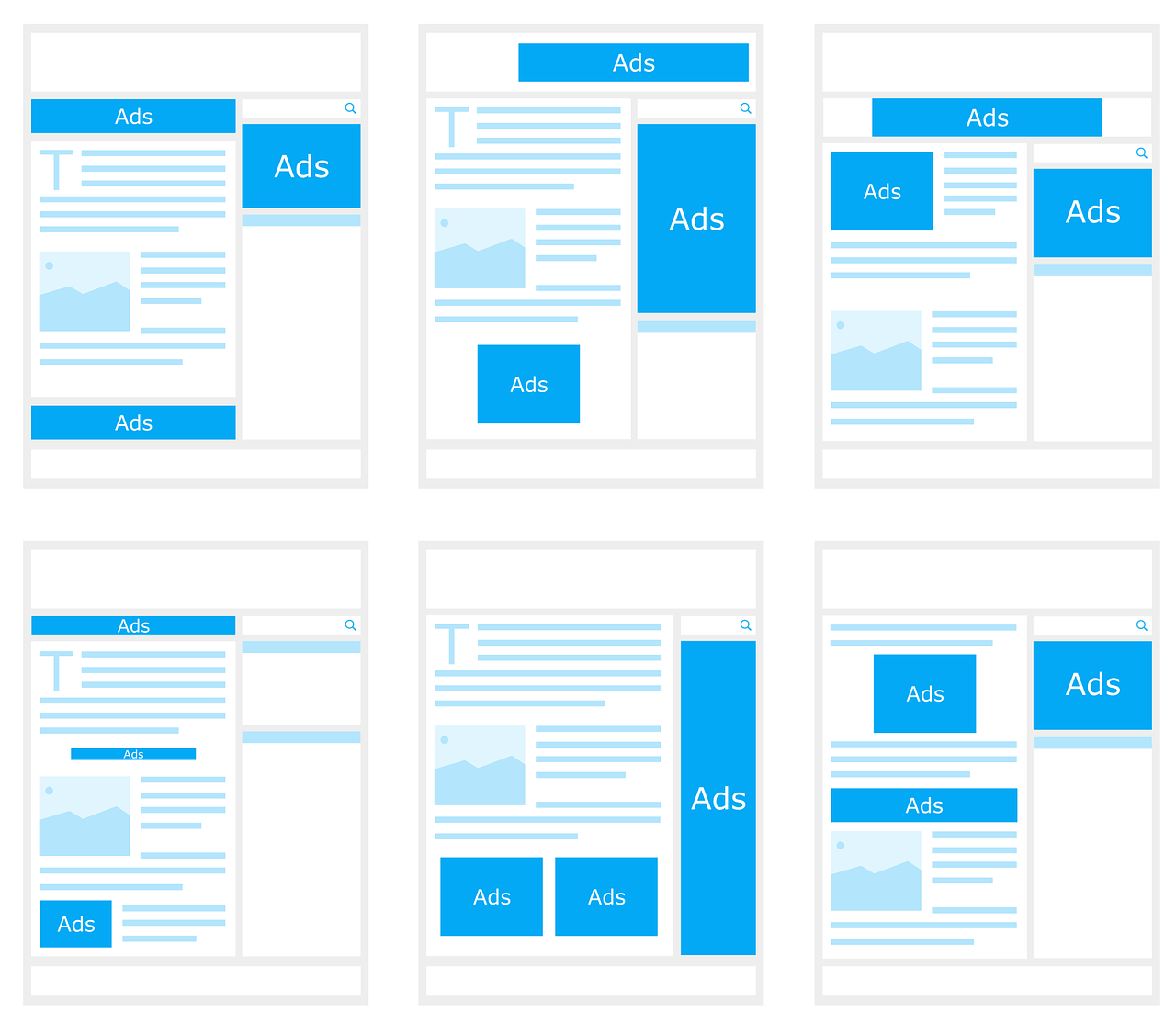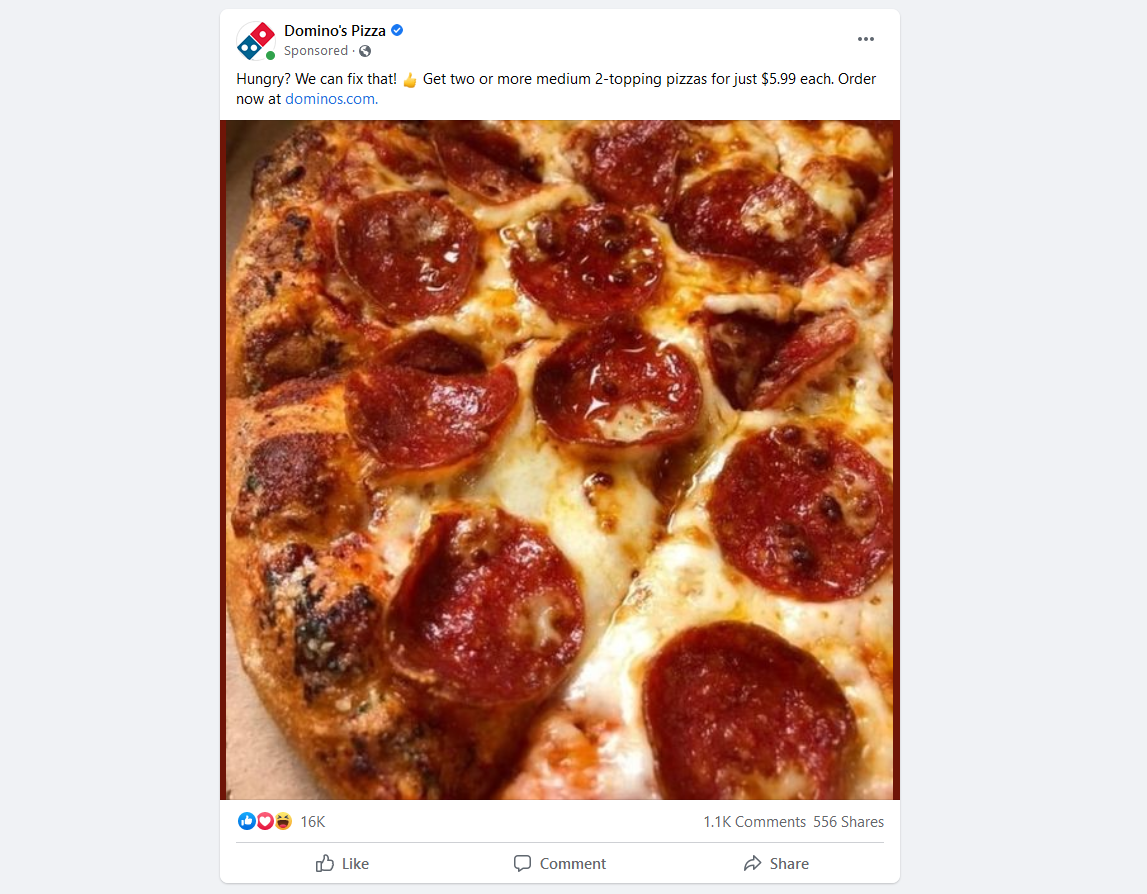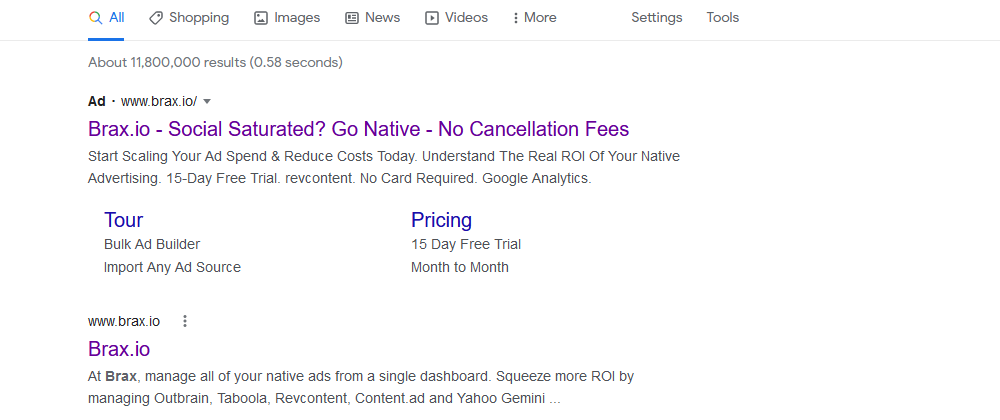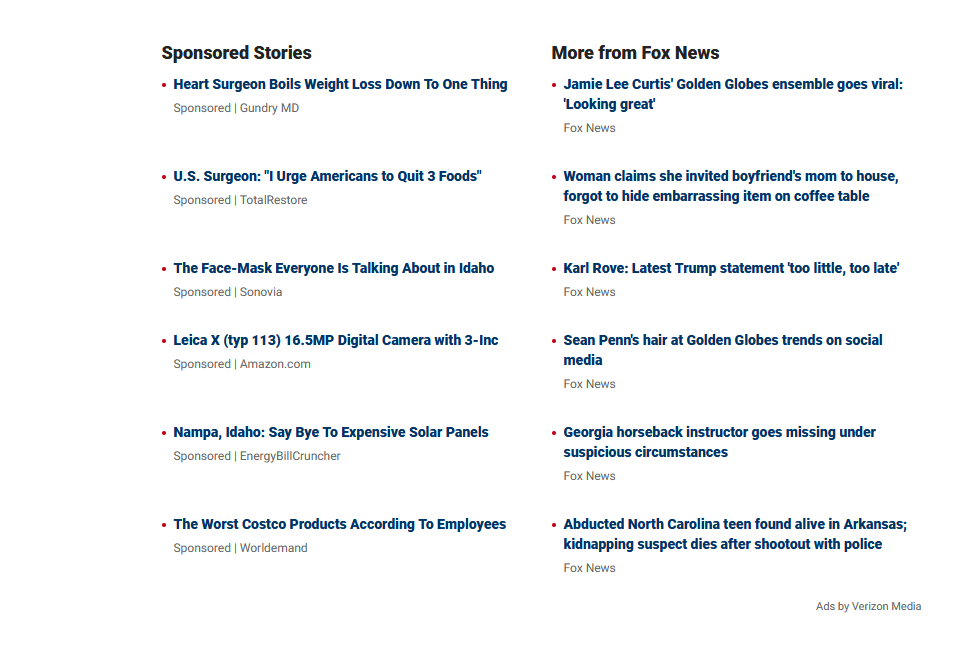 What are native ads? Put simply, they’re unobtrusive advertisements designed to get rid of ad fatigue and generate more leads for your brand. Let us explain!
What are native ads? Put simply, they’re unobtrusive advertisements designed to get rid of ad fatigue and generate more leads for your brand. Let us explain!
What Is Native Advertising? (With Examples!)
With ad fatigue more prominent than ever, advertisers are turning to native advertising to reach their audience. But, what are native ads, and why are they so effective? Let’s explore native advertising and take a look at different types of native ads.
What are native ads?
Designed to eliminate user ad fatigue and increase click-through rates (CTRs), native ads are non-disruptive advertisements that mimic the style of the page they appear on. You’ve probably seen native ads in the form of recommended or sponsored content on various websites or blended into your social media feeds. When native advertising is done well, it fits into the website seamlessly and is nearly identical to the rest of the site’s content.
Native ads have three core principles:
- Native ads are paid advertising. Brands pay their preferred platform to host native ads on their site.
- Native ads are typically information-based. The content they contain is designed to be useful and interesting rather than to make a direct sale.
- Native ads are unobtrusive. They don’t hinder the viewer’s regular behavior or disrupt their experience in any way.

This is an example of native advertising found on the Fox News website. You usually see native ads like these at the end of an article. They don’t disturb your experience on the site, they’re clearly labeled as sponsored content, and they aren’t showcasing products for sale. These native ads have headlines crafted to pique your curiosity and get you to click through to the sponsored brand’s website.
How native ads are viewed
Some people are critical of native ads because of how well they blend into a site’s organic content. The rationale behind this is that users aren’t aware that they’re consuming an advertisement. However, native ads aren’t designed to be deceptive; they’re designed not to disturb the user or their experience.
The Federal Trade Commission (FTC) has an established rule set that native ads must follow to differentiate them from organic content. Here’s the important stuff:
- Native ads must not attempt to deceive viewers or present the content as anything other than an advertisement.
- Native ads must clearly be identified as advertisements. For example, they have to include labels like “Sponsored,” “Promoted,” or “Advertisement.”
- Native ads must state where the content comes from so that it can be distinguished from the publisher’s content.

Native ads are clearly marked as advertisements and show exactly where the link will take you, like in the above example from MSN’s website. You can see the two pieces of sponsored content with the bold green “Ad” followed by the name of the company that owns it.
What native ads look like
Native ads vary in form, but they typically adhere to the three principles discussed above. Let’s take a closer look at the three most common types of native ads:
1. In-feed native ads
These native ads appear throughout social media sites and are made to look just like any other post. If you regularly use any social media platform, you’ve likely seen these sponsored or promoted posts mixed in with the content you were browsing. This is what a native ad looks like when you’re scrolling through Facebook:

2. Native ads in search listings
This type of native ad shows up as the top result when you search for something, or it can appear in your browser’s sidebar. These ads are targeted to specific users with content that’s relevant to their search and are used to get a direct response like making a sale or getting the person who clicked the link to create an account. This is what native ads look like on Google’s search results page:

3. Recommended content native ads
Recommended content native ads come in the form of sponsored or promoted links to articles on other websites. The idea behind these advertisements is that the site the article brings users to is seen as more of a collaborative effort between the publisher and the sponsor rather than a one-off promotion. Below, you can see an example of this type of native ad; Fox News lists their “Sponsored Stories” right next to their own related articles.

Do native ads work?
Yes—as long as the content in the native ads is interesting, engaging, and relevant to the platform it’s hosted on. Native ads help reduce ad fatigue, an issue that causes users to ignore ads after seeing them everywhere day after day. Even though consumers know that native ads are advertisements, it doesn’t detract from the positive purchase behavior they influence.
Why are native ads better than other traditional display advertising? Here are a few reasons, according to Outbrain:
- Users are twice as likely to interact with native ads than other editorial content.
- Native ads capture the attention of users 53% better than traditional display ads.
- Good native advertising drives up purchase intent in users by 18%.
Native ads aren’t just an effective marketing tool for brands; they also offer value to publishers by hosting quality content on their site that provides their users with creative and engaging information.
Do you want to boost your ad campaign revenue with native ads? Learn how Brax can help, start your 15-day free trial, and increase your advertising ROI today!

